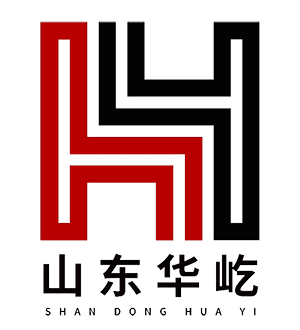In addition to steel pipes, there are many metal materials used in penstock engineering, such as various section steels, steel plates and reinforcing bars. For example, section steel will be used in the design of penstock pipe support.
Round steel: round steel is used to make suspenders, rings and pull rods of pipes. It is usually expressed by its diameter. For example, round steel with a diameter of 12mm is expressed by round steel d12. Round steel with larger diameter is often used for processing blanks.
Flat steel: flat steel is used to make lifting rings, snap rings, movable supports, etc. The specification is expressed by multiplying the width of the flat steel by the thickness. For example, the flat steel with 50mm width and 4mm thickness is written as 50X4.
Angle steel: angle steel is divided into equal angle steel and unequal angle steel, which are used to make pipe supports. The specification of equilateral angle steel is expressed by multiplying the outer edge width of the angle steel by the thickness. For example, the angle steel with an edge width of 45mm and a thickness of 3mm is written as L45X3. The specification of unequal angle steel is expressed by multiplying one outer width of the angle steel by another outer width and then multiplying the thickness. For example, the angle steel with one side width of 75mm, the other side width of 50mm and thickness of 7mm is written as L75X50X7.
Channel steel: channel steel and I-steel are generally used to make supports for larger pipelines or equipment supports. The specifications are respectively expressed by the height of channel steel or I-beam, such as 16 # channel steel, whose height is 160mm.
Steel plate: thick steel plate is often used to make equipment, vessels and flanges in pipeline engineering, and thin steel plate is used to make ventilation pipes and insulation shells.
Hot rolled thick steel plates are usually rolled with Q235, 20, 35, 45, Q345 (16Mn), 20g and other steel grades, with thickness of 4.5mm, 6mm, 8mm, 10mm, 12mm, 14mm, 16mm, 18mm, 20-50mm, etc., which can be selected according to needs, with width of 0.6-3m and length of 5-12m.
The thin steel plate is usually rolled with Q215, Q235, 08, 10, 20, 45, Q345 (16Mn) and other steel grades. The thickness is divided into seven types: 0.35mm, 0.5mm, 1mm, 1.5mm, 2mm, 3mm, 4mm. The width is 500-1250mm, and the length is from 1000mm to 4000mm. In the thin steel plate, it is sometimes necessary to coat the thinner ones with zinc, which is called galvanized steel plate or galvanized iron sheet. The specifications are 0.35mm, 0.5mm and 0.75mm according to the thickness, and dozens of specifications are 400mmX800mm, 750mmX1500mm, 800mmX1200mm, 900mmX1800mm and 1000mmX1200mm according to the width multiplied by the length. Thin steel plate is mainly used to make ventilation duct and insulation shell in pipeline engineering.
Post time: Nov-18-2022




